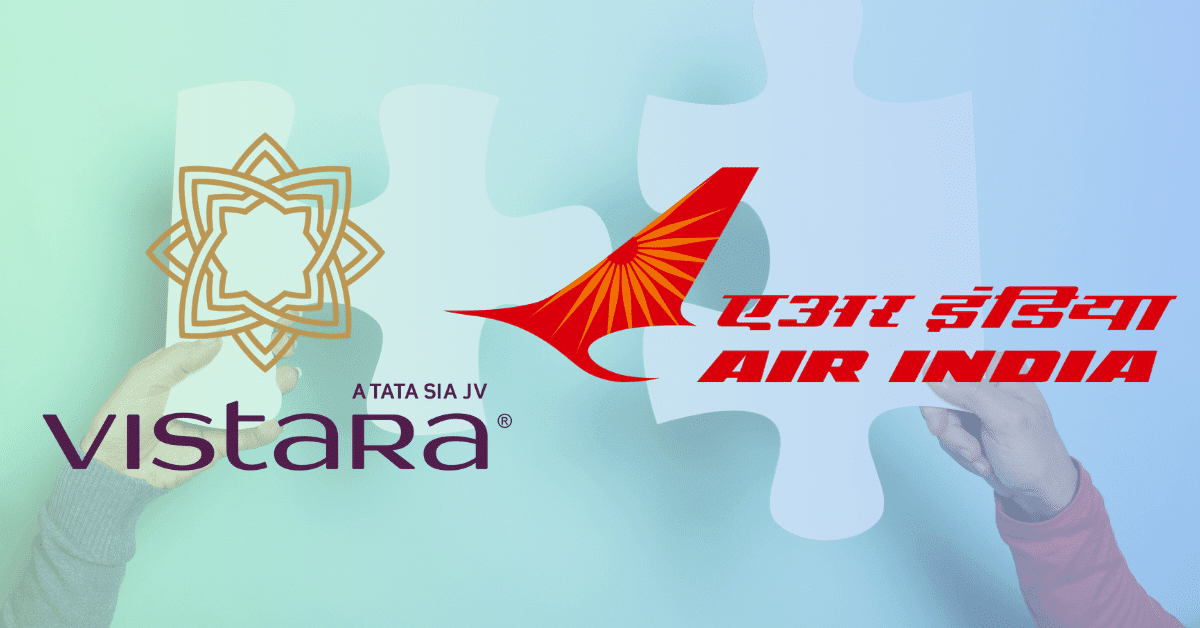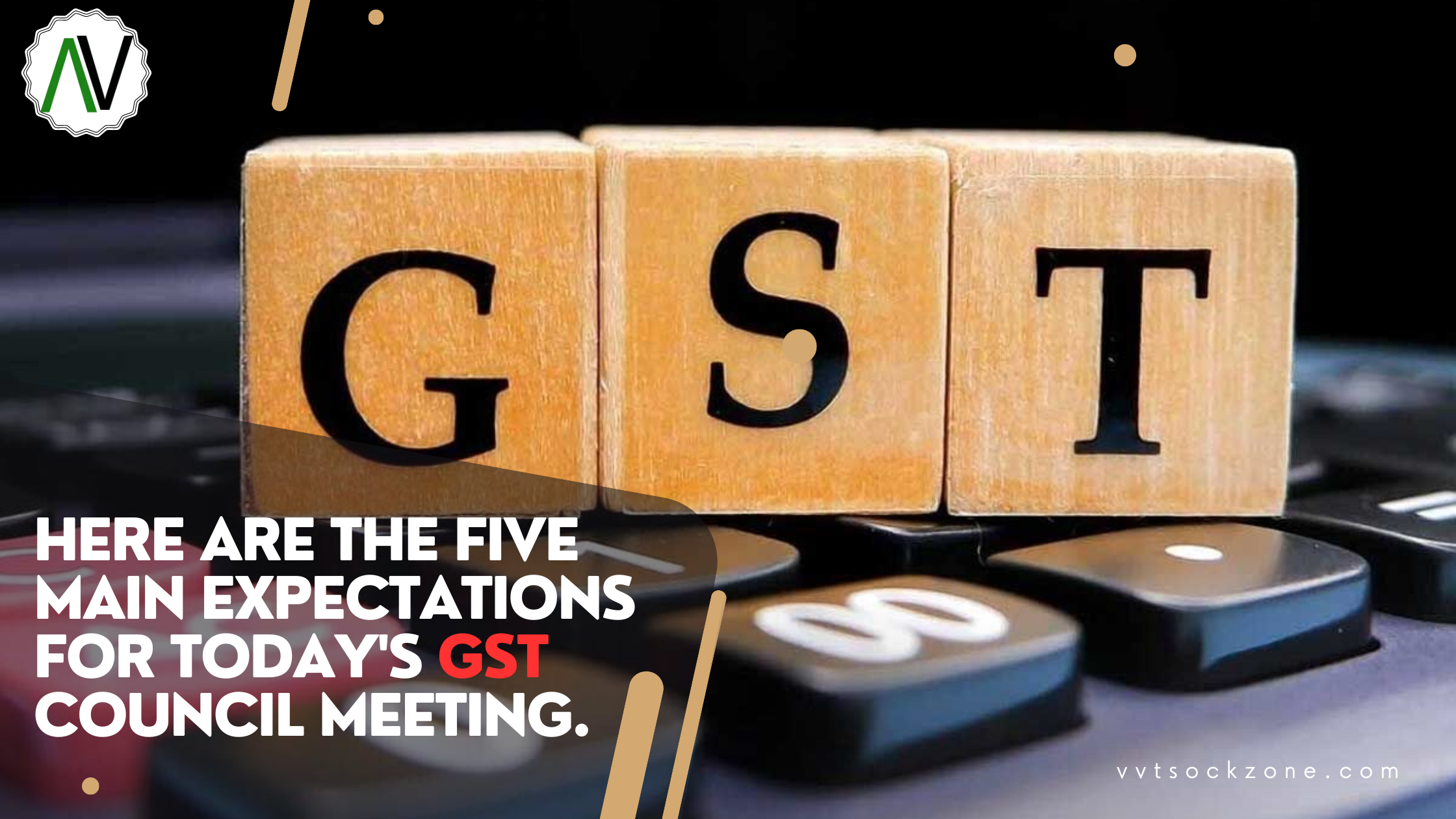In a strategic move that promises to reshape the aviation landscape between India and Singapore, the Competition and Consumer Commission of Singapore (CCCS) recently granted Conditional Approval for the merger of Vistara with Air India. This move follows the earlier approval by the Competition Commission of India (CCI), clearing the way for a dynamic partnership that could revolutionize air travel between the two nations.
The CCCS approval, contingent on certain conditions, allows Singapore Airlines (SIA) Group to acquire a 25.1% stake in the merged entity, which will continue as Air India. The significance of this approval lies in the collaborative efforts the airlines can now undertake, ranging from route coordination and codesharing to reciprocal benefits.
Central to the approval conditions is the maintenance of services on specific routes between India and Singapore, preventing a potential monopoly from affecting pricing power. The CCCS order explicitly outlines markets such as Singapore-Delhi, Singapore-Mumbai, Singapore-Chennai, and Singapore-Trichy, requiring the airlines to adhere to minimum frequencies operated pre-COVID.
Data from Ciricum, an aviation analytics company, reveals that Air India and Vistara had various frequencies on these routes in 2019. For example, Air India operated seven weekly frequencies to Singapore from Mumbai and Chennai and 11 weekly from Delhi during the same period. Vistara, which commenced Singapore flights in August 2019, had daily flights from Mumbai and Delhi.
Fast forward to April 2024, and the Indian carriers have made significant strides. Air India has increased its Singapore operations from both Mumbai and Delhi, maintaining or exceeding 2019 levels. Vistara, now part of the merged entity, is set to operate double daily flights to Singapore from Mumbai and daily flights from Delhi, surpassing the approval thresholds.
Meanwhile, Singapore Airlines Group has remained consistent with its pre-COVID average, aligning with CCCS orders. When comparing April 2024 to December 2019, the India-Singapore market has witnessed a 5.8% growth in departures and a 12% increase in seats, with 67,147 weekly seats deployed each way.
This growth is not limited to the existing players; IndiGo has introduced new routes to Singapore from Bhubaneswar and Hyderabad. However, it’s not without changes, as Go FIRST exits Bengaluru and Kolkata due to operational reasons, and Air India adjusts its capacity by transferring flights from Bengaluru to the mainline from Air India Express.
Looking ahead, the merger between Vistara and Air India, coupled with Singapore Airlines’ strategic investment, is poised to usher in a new era of cooperation. The synergies could see Air India utilizing Singapore Airlines’ hub as a gateway to destinations like Indonesia, Vietnam, and Australia, while Singapore Airlines taps into Air India’s three-hub strategy at Delhi, Mumbai, and Bengaluru for connectivity to Europe and North America.
With such ambitious plans in motion, it’s unlikely that any of the airlines involved will settle for pre-COVID levels, except in cases of force majeure, as permitted by both CCI and CCCS orders. Instead, the focus is likely to shift towards renegotiating bilaterals to expand flight options and destinations, ultimately leading to enhanced connectivity and convenience for travelers between India and Singapore. As we witness this aviation evolution, the skies over the Indo-Singapore route seem set to soar to new heights.
Also Read: India’s GDP Outlook: Anticipated Surge to 8% Growth




